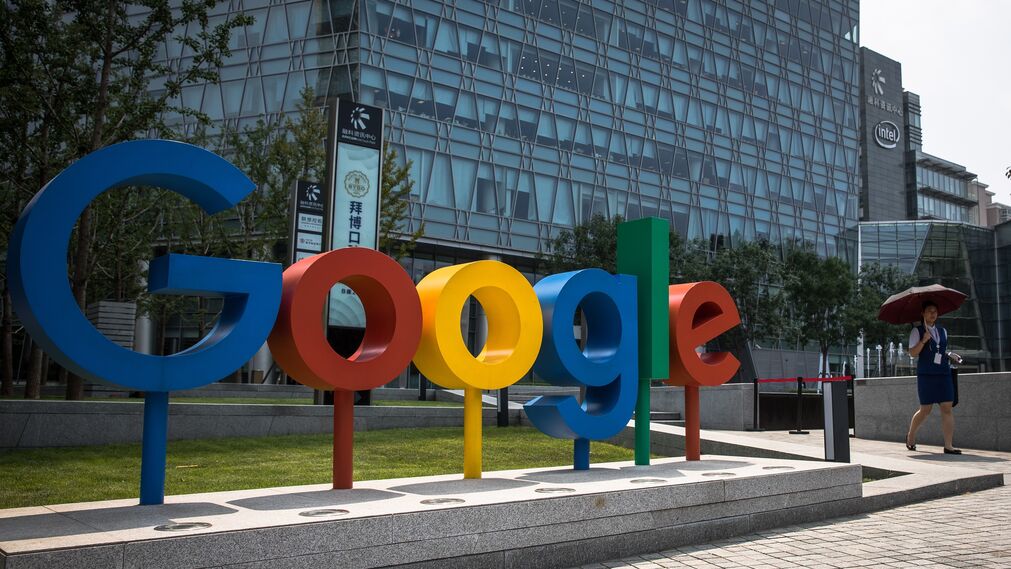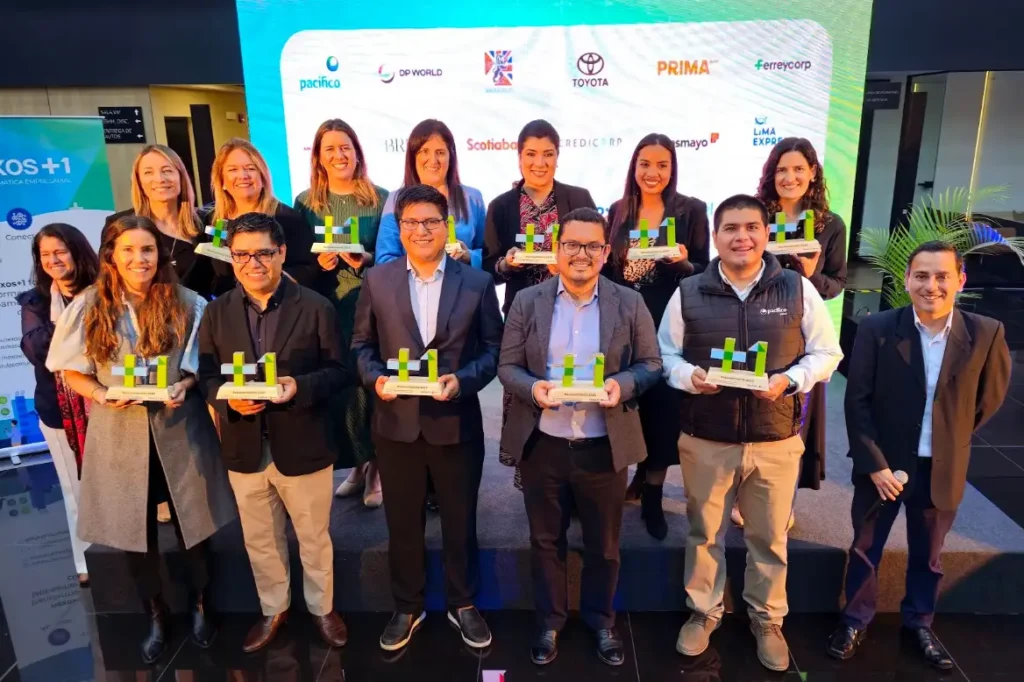All of Google's offices and data center were powered during 2018 by renewable energy for the second consecutive year, making it the first organization of its size to achieve this, according to a statement distributed today by the Internet giant.
The company "has purchased enough clean energy to fully match the overall annual electricity use" of its facilities, according to its calculations.
The strategy used to achieve this included long-term contracts or Power Purchase Agreements (PPAs) for the purchase of electricity from wind or solar farms built near its facilities.
These PPAs "have more impact than other purchasing methods, such as unbundled Renewable Energy Credits," according to Google's statement, as they "stimulate the construction of new renewable projects."
Throughout 2018, the company's power purchases remained "on par with our demand" thanks to several projects driven by such contracts, including three wind farms in Scandinavia, dozens of wind turbines in Oklahoma and more than 120,000 solar panels in the Netherlands.
Google acknowledges that its planning is "complicated" and has confirmed that it has begun to partner with a number of utility companies, with the aim of getting "more and more companies to play a role in the fight against climate change".
His idea is to "make it easy for any type of business", because using clean energy "makes economic sense" in much of the world, but "it is still difficult" for "many" companies to access it.
For this reason, Google decided this year to partner with other major energy buyers to launch the Renewable Energy Buyers Alliance and "catalyze 60 gigawatts of new renewable energy purchases" by 2025.
Thanks to advances in artificial intelligence and chip design, the facilities of the company founded by Larry Page and Sergei Brin are now "seven times more energy efficient than they were five years ago".




